What a great thing to show everyone how to do. This is called taking a rub off of a pattern.
You will need muslin, large pieces of blank paper (poster or butcher paper works), pencil, tape measure. a ruler and the garment in question. A french curve, like in the photo above, is nice to have, but you can manage without.
Shorts are a good garment to show this technique to you. There are only 2 pattern pieces! So, I can show the technique quickly, but this same technique works for more complicated garments.
The pattern pieces are made one at time. I recommend doing the major pattern pieces first, because as you work each piece has to be checked against the others to make sure things are fitting. Meaning the seams are the same length and curves are the same, etc.
It's a good idea to check your work by measuring the actual garment from time to time as well.
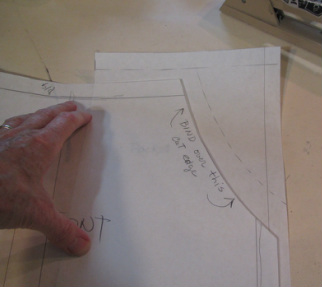 #17 - Here is the pocket pattern peeking out from behind the pants front pattern. In making this piece, I had to cut away the corner of the main front piece, this is why it's best to make detail pieces after the main construction pieces are all figured out.
#17 - Here is the pocket pattern peeking out from behind the pants front pattern. In making this piece, I had to cut away the corner of the main front piece, this is why it's best to make detail pieces after the main construction pieces are all figured out. AND PLEASE NOTE THAT I LISTEN TO REQUESTS ... SO PLEASE WRITE IN!
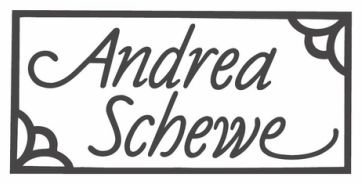
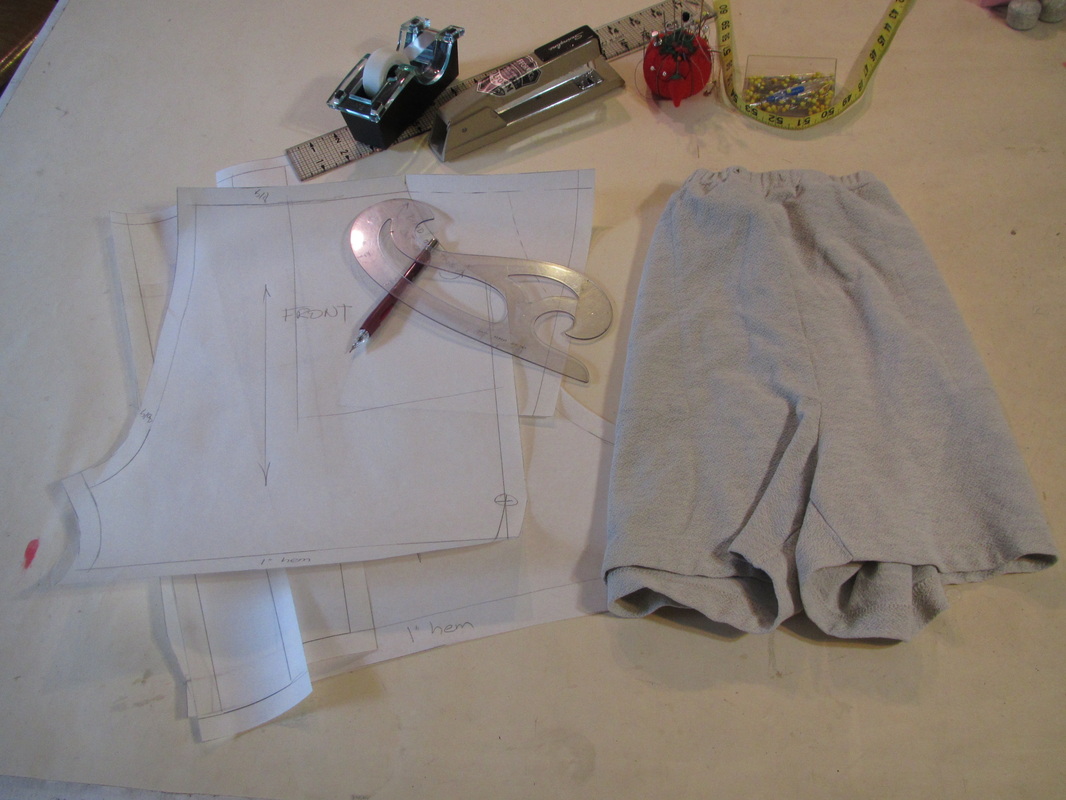
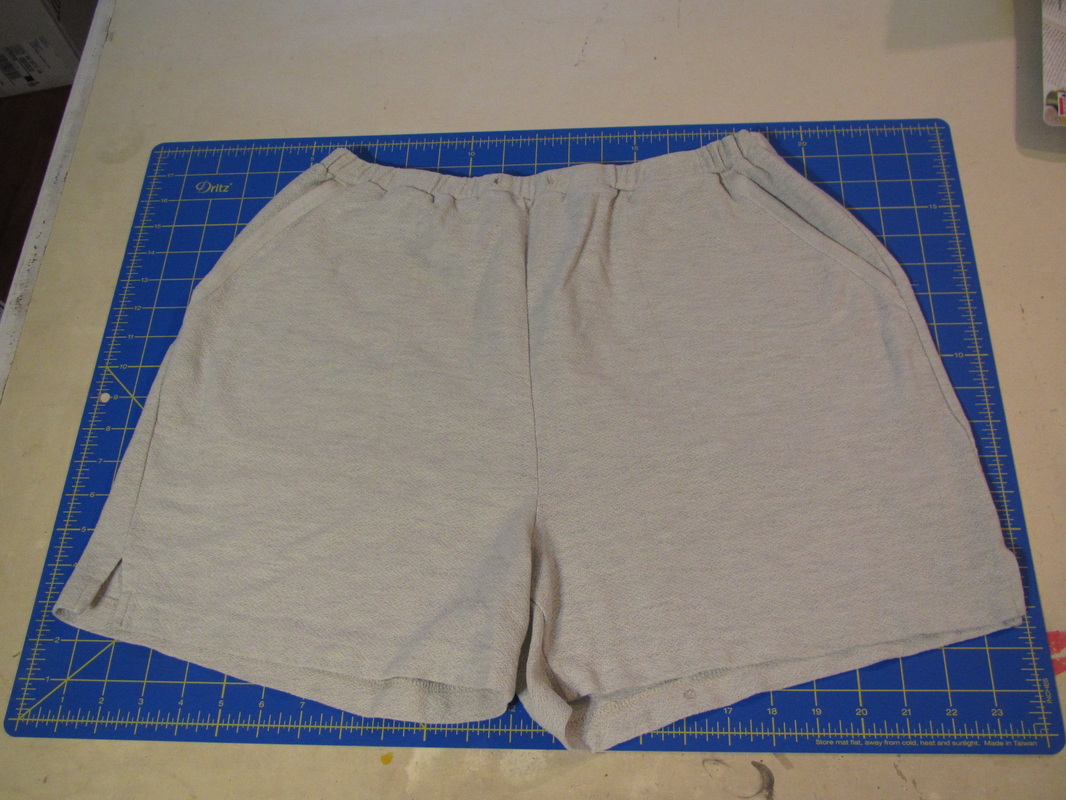
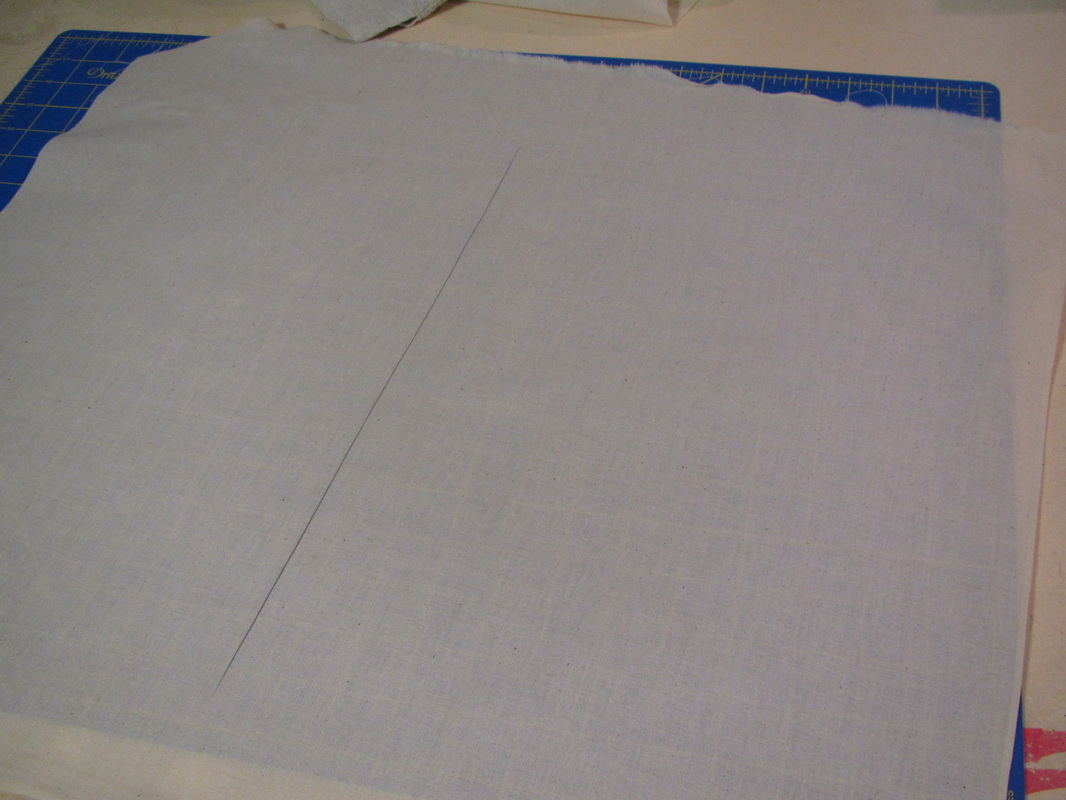
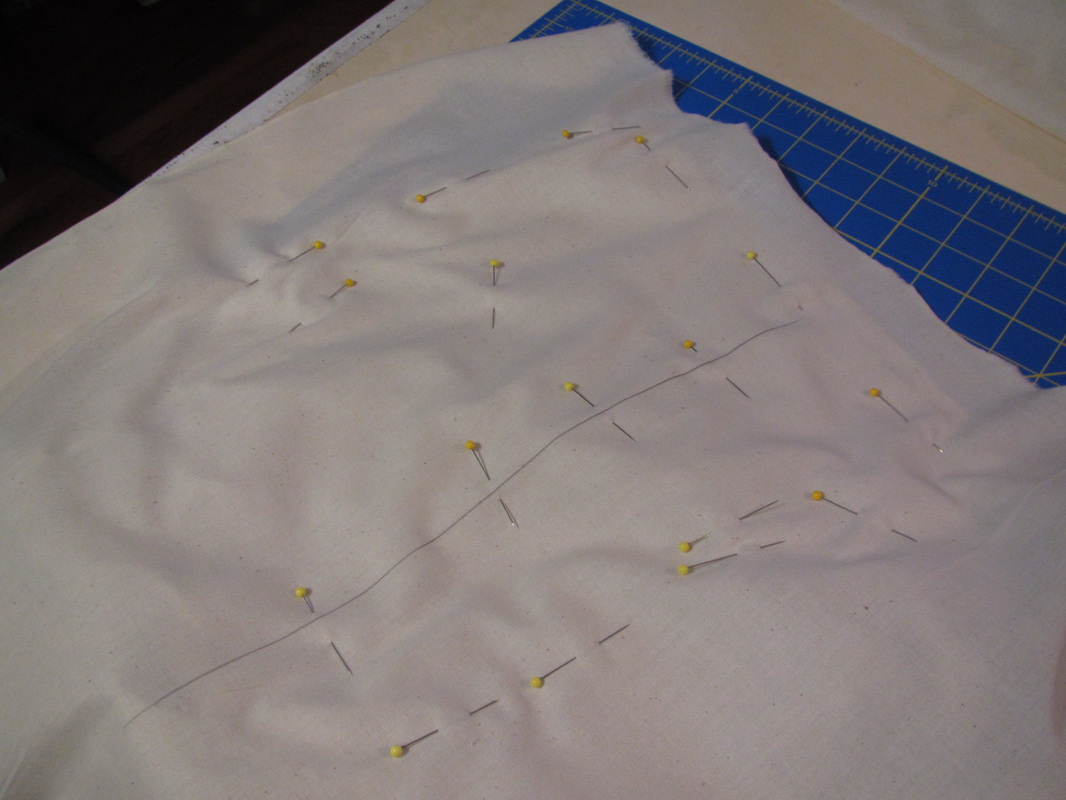
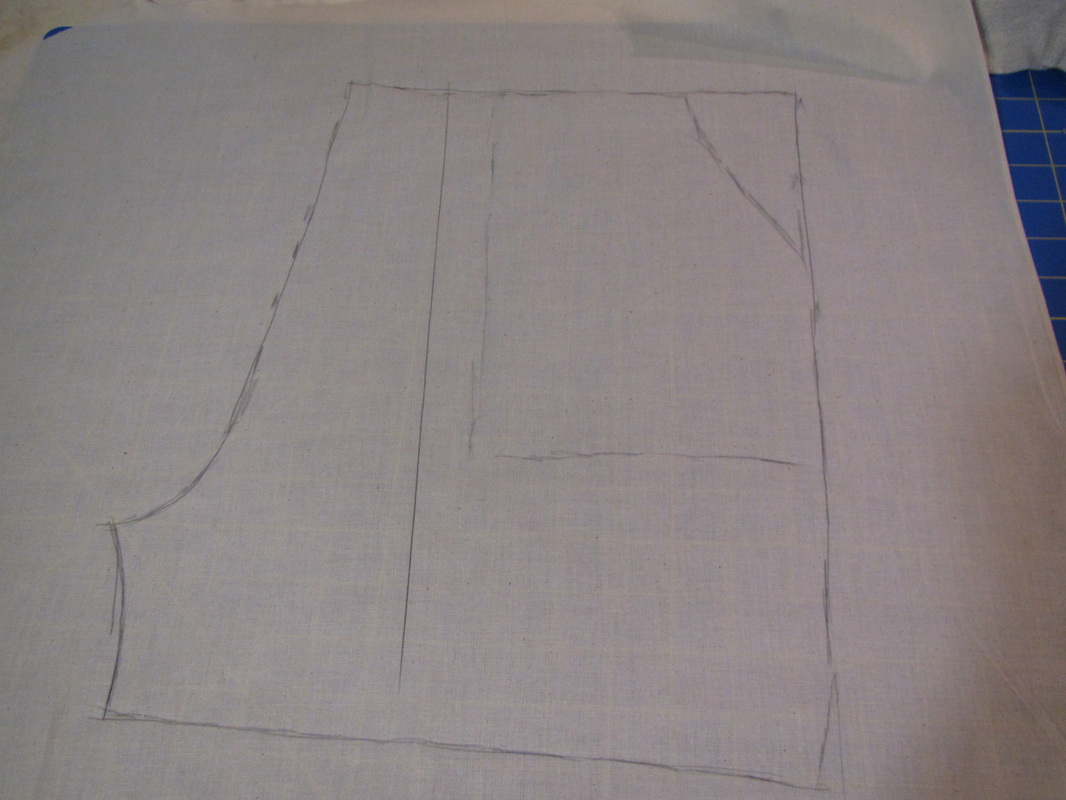
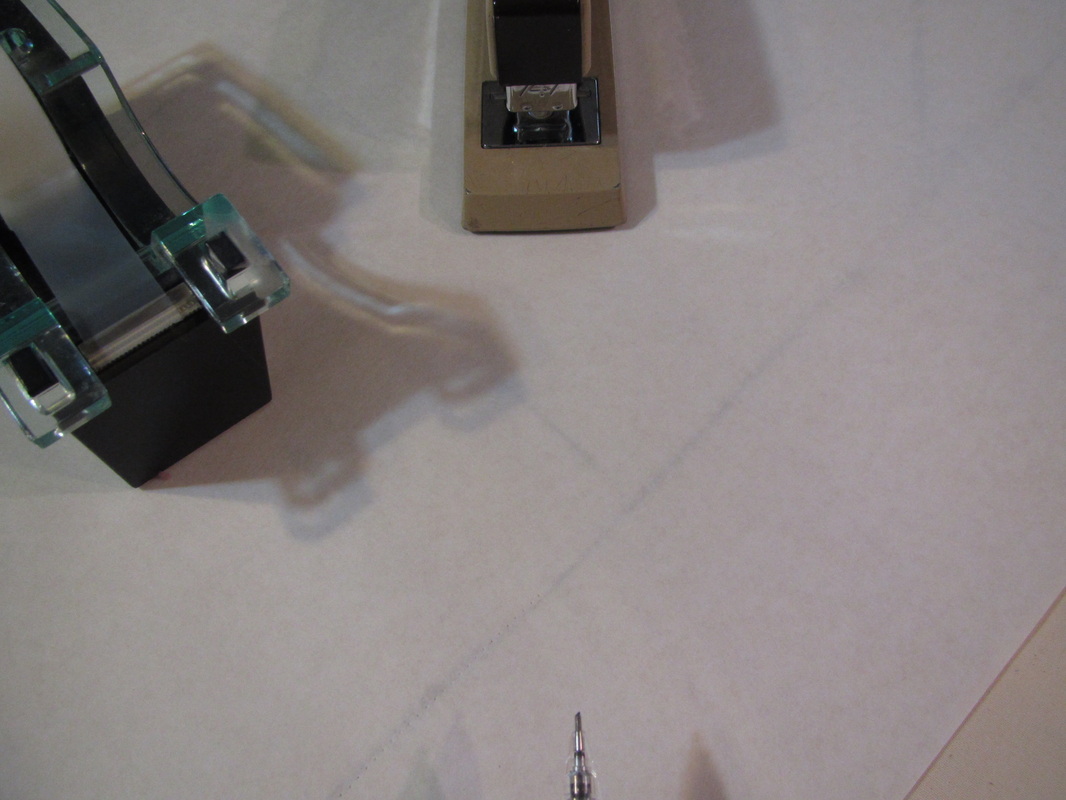
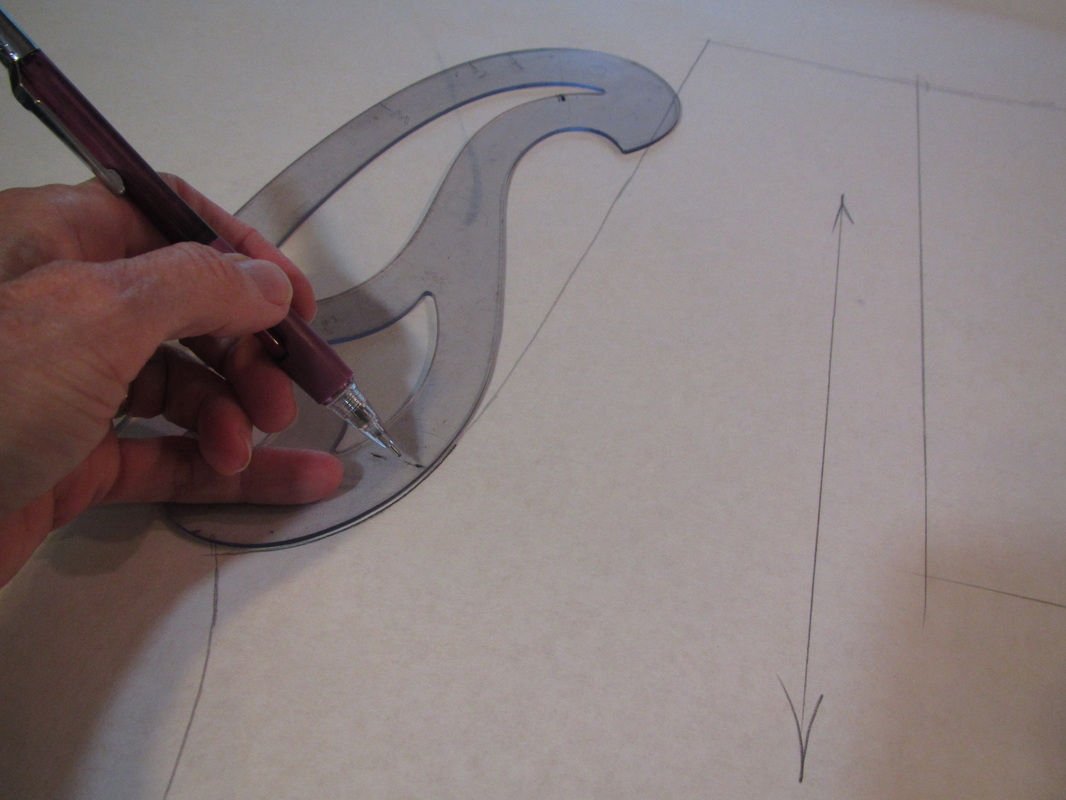
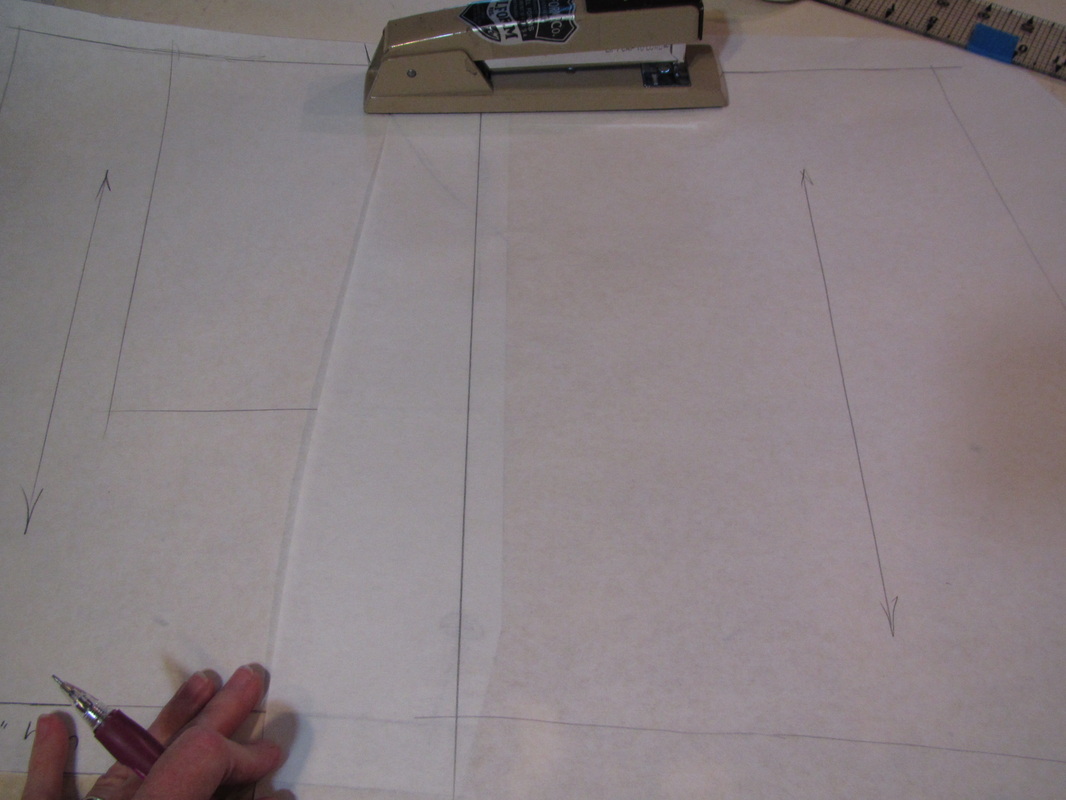
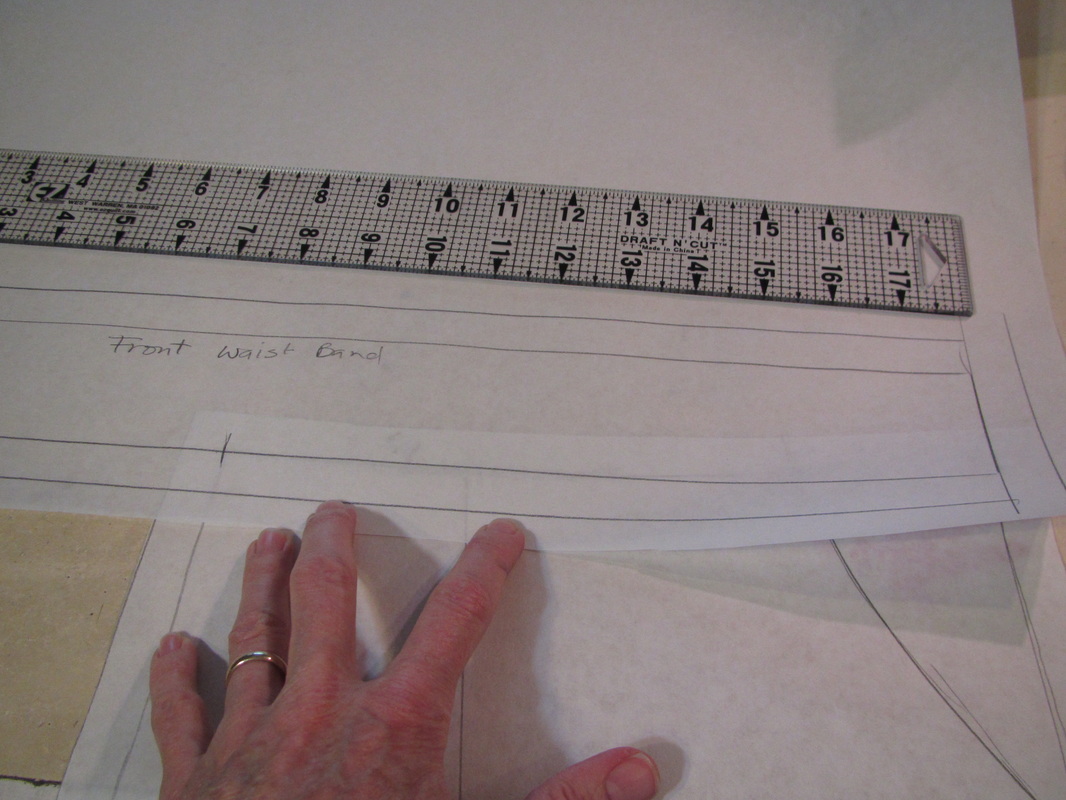
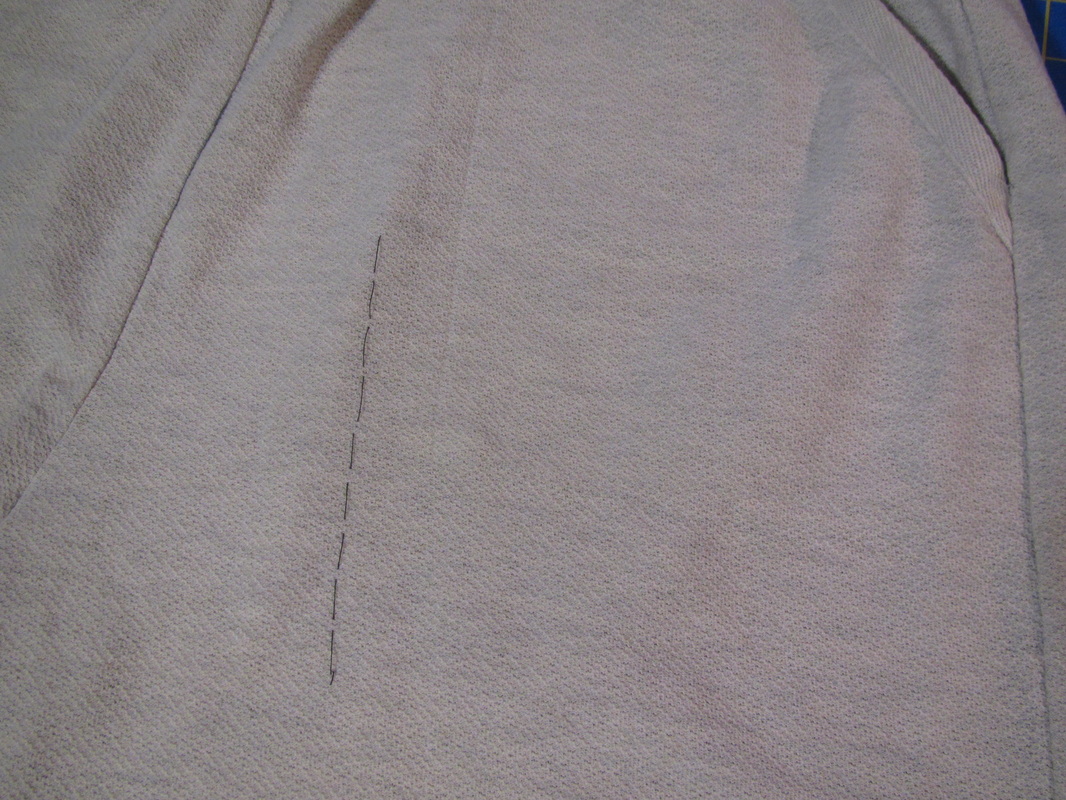
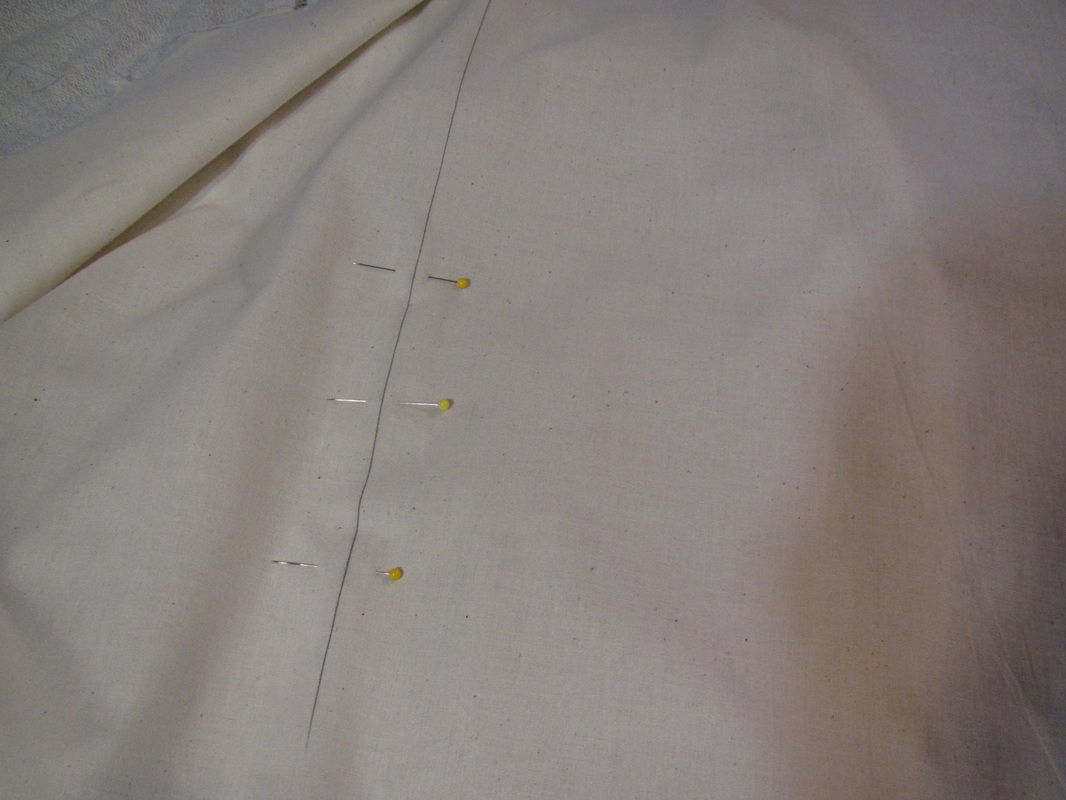
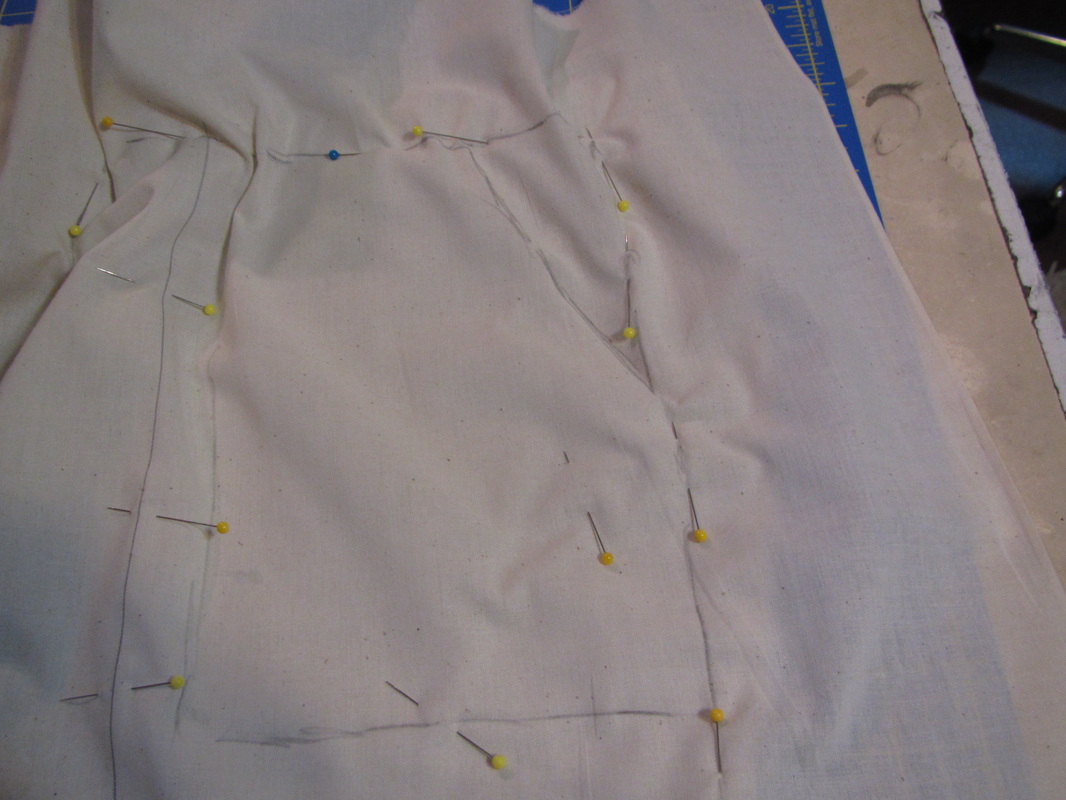
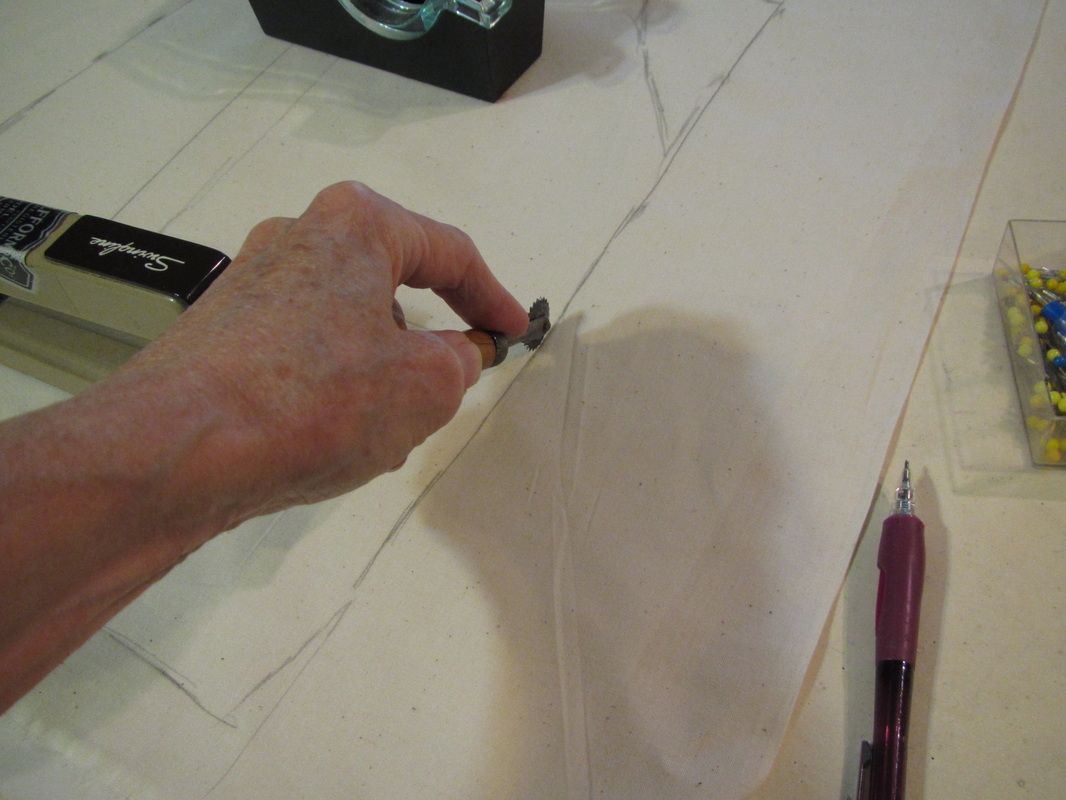
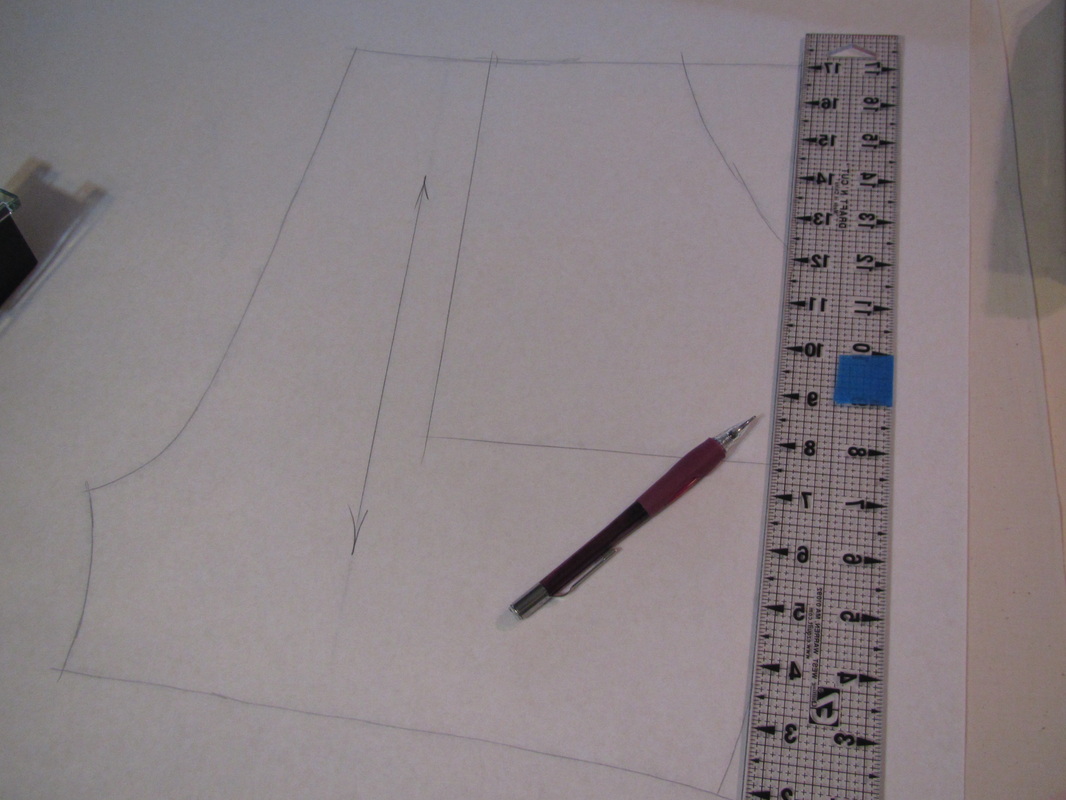
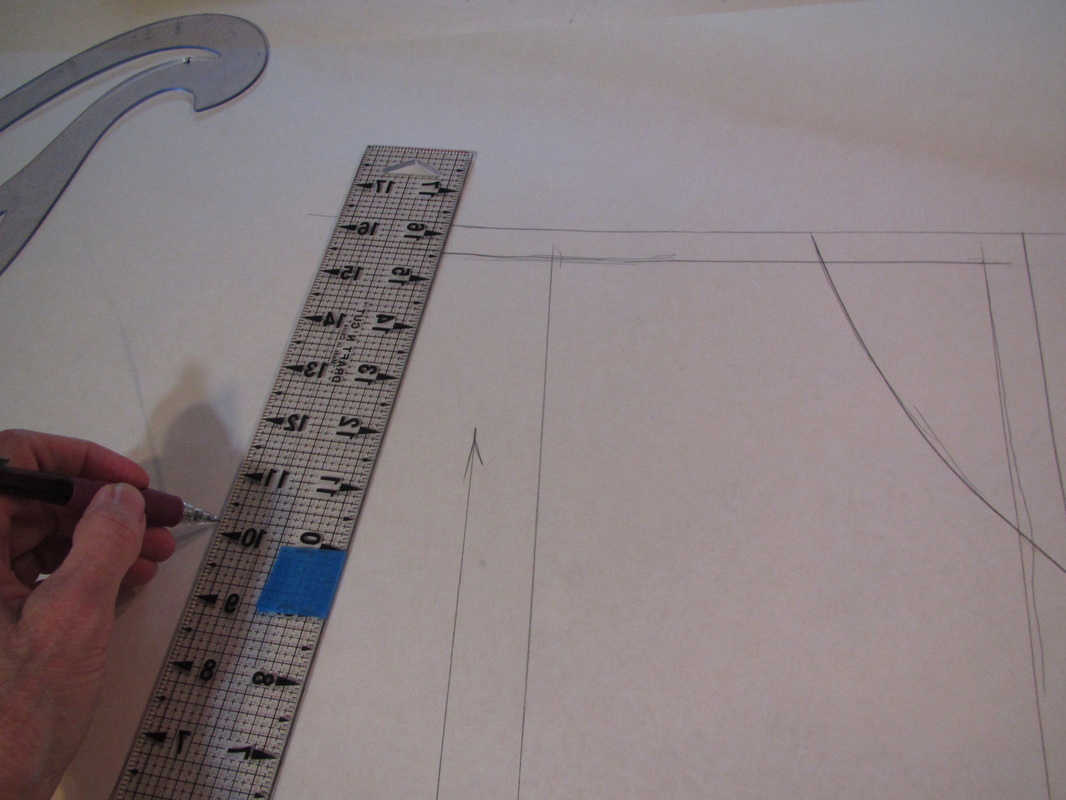
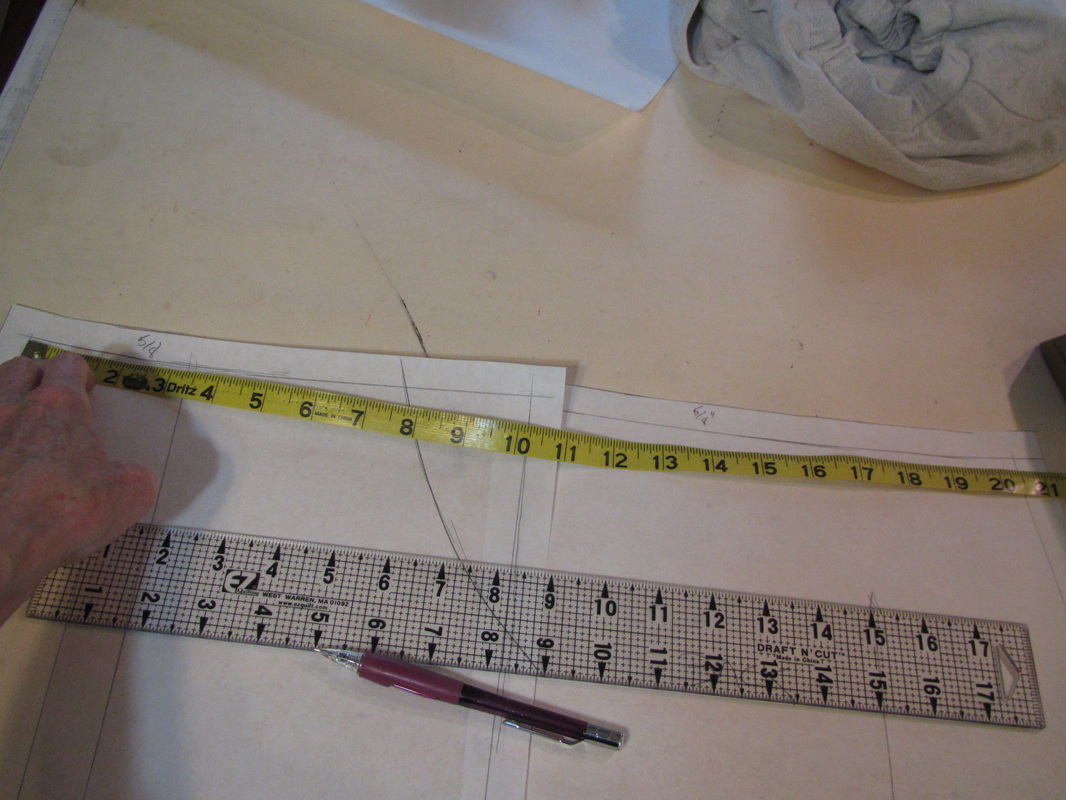
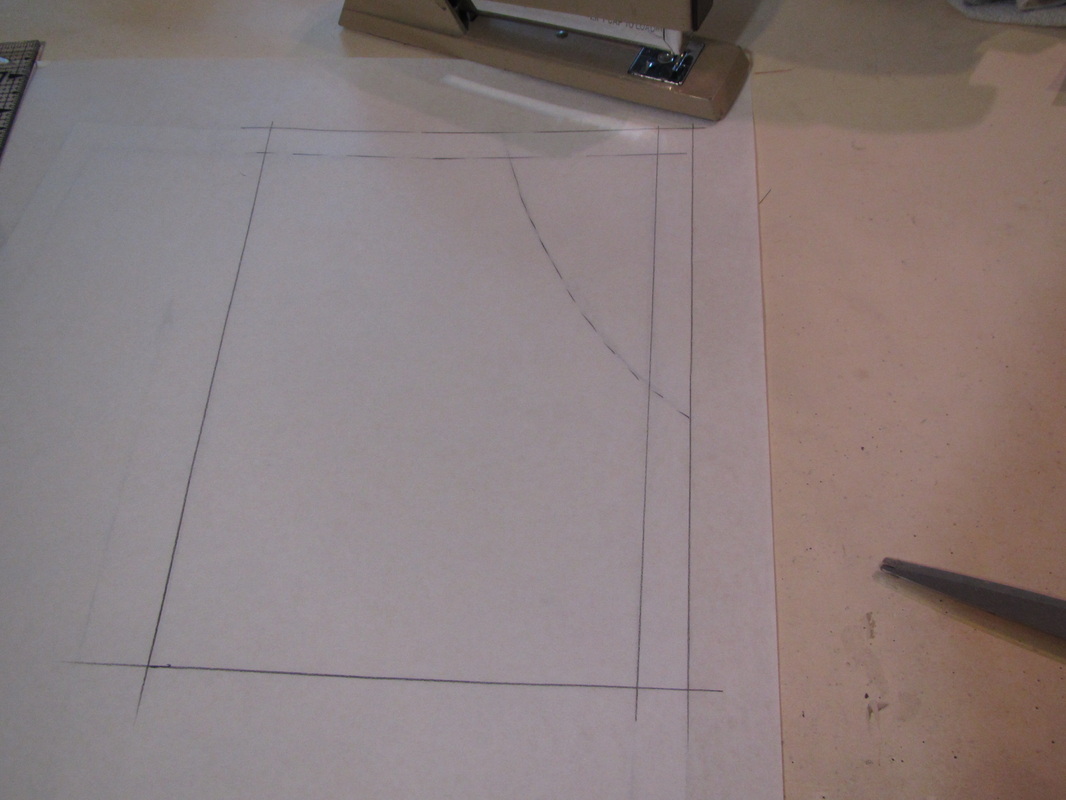
 RSS Feed
RSS Feed